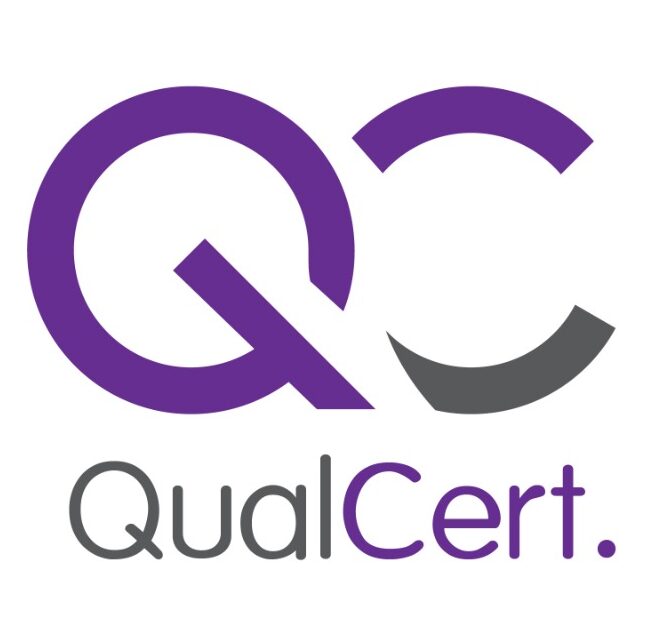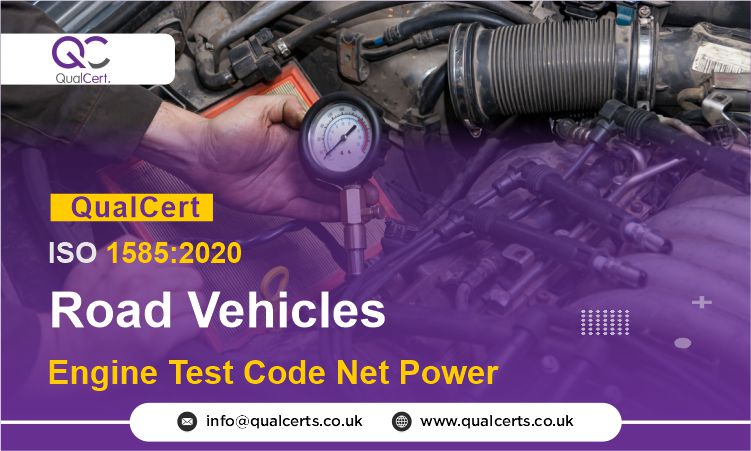In the realm of automotive engineering, power is the heartbeat of performance. It’s the force that propels us forward, driving innovation and pushing the boundaries of what’s possible on the road. But how do we measure this power accurately? Enter ISO 1585:2020, a standard that serves as the compass guiding the engine testing process for road vehicles, specifically focusing on net power output.
ISO 1585:2020, published by the International Organization for Standardization (ISO), is a comprehensive engine test code that sets forth the procedures and conditions for determining the net power output of internal combustion engines used in road vehicles. Essentially, it provides a standardized framework for measuring the true power delivered by an engine, accounting for losses due to auxiliary components like the water pump and generator.
The net power of an engine refers to the power output at the engine’s flywheel after accounting for losses due to auxiliary components such as the water pump, generator, and other accessories necessary for the engine’s operation. It provides an accurate representation of the engine’s performance under real-world operating conditions.
ISO 1585:2020 is more than just a set of guidelines—it’s a cornerstone of engine testing in the automotive industry. By providing a standardized method for measuring net power output, this standard ensures accuracy, reliability, and fairness in the assessment of engine performance. From regulatory compliance to consumer confidence, ISO 1585 plays a vital role in shaping the future of road vehicles, unlocking the power that drives us forward.
Study Units for ISO 1585:2020 Road Vehicles — Engine Test Code — Net Power
The QualCert ISO 1585:2020 Road Vehicles — Engine Test Code — Net Power is a 30-credit qualification with a Total Qualification Time (TQT) of 180 hours, including 120 Guided Learning Hours (GLH). This program is meticulously crafted to deliver focused and efficient skill development in the field.
| Unit Ref# | Unit Title | Credits | GLH | TQT |
| QC04003 – 1 | Introduction to Engine Testing Standards | 5 | 20 | 30 |
| QC04003 – 2 | Test Procedures and Measurement Techniques | 5 | 20 | 30 |
| QC04003 – 3 | Power and Performance Analysis in Vehicles | 5 | 20 | 30 |
| QC04003 – 4 | Emission Control and Compliance Testing | 5 | 20 | 30 |
| QC04003 – 5 | Quality Assurance in Engine Performance Testing | 5 | 20 | 30 |
| QC04003 – 6 | Advanced Data Acquisition and Interpretation in Engine Testing | 5 | 20 | 30 |
Entry Requirements for ISO 1585:2020 Road Vehicles — Engine Test Code — Net Power
The QualCert ISO 1585:2020 Road Vehicles — Engine Test Code — Net Power course is designed for professionals involved in engine testing, performance evaluation, and compliance with international automotive standards. The entry requirements for this course are as follows:
- A high school diploma or equivalent qualification is required.
- Prior knowledge or experience in automotive engineering, mechanical engineering, or engine testing is recommended.
- Proficiency in the language of instruction (typically English) to ensure comprehension of technical content.
- Basic understanding of engine mechanics and performance measurement techniques is beneficial.
- Industry professionals seeking to enhance their expertise in engine power testing standards are encouraged to apply.
Learning Outcomes for ISO 1585:2020 Road Vehicles — Engine Test Code — Net Power:
1. Introduction to Engine Testing Standards
Learning Outcomes:
By the end of this unit, learners will be able to:
- Understand the purpose and scope of ISO 1585:2020 for engine power measurement.
- Explain the evolution and significance of international engine testing standards.
- Identify different types of engine tests (net power, gross power, brake power) and when they are applied.
- Interpret key terminologies used in engine test protocols and documentation.
2. Test Procedures and Measurement Techniques
Learning Outcomes:
By the end of this unit, learners will be able to:
- Outline standard engine test procedures as per ISO 1585:2020.
- Set up a controlled test environment using appropriate instrumentation and sensors.
- Measure key engine parameters such as torque, RPM, and fuel flow accurately.
- Understand the influence of ambient conditions (temperature, pressure, humidity) on test results and apply necessary correction factors.
3. Power and Performance Analysis in Vehicles
Learning Outcomes:
By the end of this unit, learners will be able to:
- Calculate engine net power output and analyze performance curves.
- Interpret power vs. torque graphs and efficiency maps for internal combustion engines.
- Compare theoretical vs. actual performance data under different load conditions.
- Relate engine performance metrics to real-world vehicle dynamics and applications.
4. Emission Control and Compliance Testing
Learning Outcomes:
By the end of this unit, learners will be able to:
- Identify major engine emissions (CO, NOx, HC, PM) and their environmental impacts.
- Conduct standard emission tests using regulated methods and equipment.
- Understand the role of after-treatment systems and emission reduction technologies.
- Ensure compliance with international and regional emission standards (e.g., Euro 6, EPA Tier standards).
5. Quality Assurance in Engine Performance Testing
Learning Outcomes:
By the end of this unit, learners will be able to:
- Apply quality assurance protocols to ensure repeatability and accuracy in engine tests.
- Calibrate equipment and verify data integrity in line with ISO and laboratory standards.
- Implement audit trails, traceability measures, and testing certifications.
- Prepare compliant technical documentation and test reports for quality audits.
6. Advanced Data Acquisition and Interpretation in Engine Testing
Learning Outcomes:
By the end of this unit, learners will be able to:
- Set up advanced data acquisition systems for high-resolution engine testing.
- Collect, filter, and process real-time test data using software tools.
- Analyze and interpret large datasets to identify performance trends and anomalies.
- Present insights in structured test reports for engineering and regulatory review.
This course is designed to cater to a diverse audience with professional interests or responsibilities related to engine testing and evaluation in the automotive industry. It is particularly beneficial for the following target audience:
- Automotive Engineers and Technicians: Professionals involved in engine development, testing, and performance evaluation will find this course invaluable. This includes automotive engineers, technicians, and specialists responsible for optimizing engine performance, fuel efficiency, and emissions control.
- Regulatory Compliance Professionals: Individuals responsible for ensuring regulatory compliance with emissions standards, fuel consumption regulations, and performance requirements for road vehicles will benefit from gaining insights into ISO 1585:2020 and its implications for compliance testing.
- Quality Control and Assurance Personnel: Professionals tasked with quality control, assurance, and testing of engines in manufacturing facilities, testing laboratories, and quality assurance departments will find this course essential for understanding standardized testing procedures and ensuring product quality.
- Research and Development Professionals: Researchers, scientists, and scholars involved in research and development activities related to engine technology, emissions reduction, and fuel efficiency optimization can gain valuable knowledge from this course to inform their research efforts and experimental design.
- Automotive Industry Professionals: Individuals working in various sectors of the automotive industry, including vehicle manufacturers, component suppliers, and consulting firms, will benefit from understanding the principles and methodologies of engine testing outlined in ISO 1585:2020.
- Educators and Students: Educators teaching courses related to automotive engineering, engine technology, and emissions control can use this course as a resource to enhance their curriculum. Likewise, students pursuing degrees in automotive engineering, mechanical engineering, or related fields can gain valuable insights into engine testing principles and practices.
- Government and Regulatory Authorities: Representatives from government agencies and regulatory authorities responsible for setting emissions standards, fuel consumption regulations, and vehicle performance requirements will find this course informative for understanding standardized testing procedures and industry best practices.
This course caters to anyone with a professional or academic interest in engine testing, emissions control, and regulatory compliance in the automotive industry. Whether you’re a seasoned automotive engineer, a quality control specialist, a researcher, or a student aspiring to enter the automotive field, this course equips you with the knowledge and skills needed to navigate the complexities of engine testing and evaluation in road vehicles.

